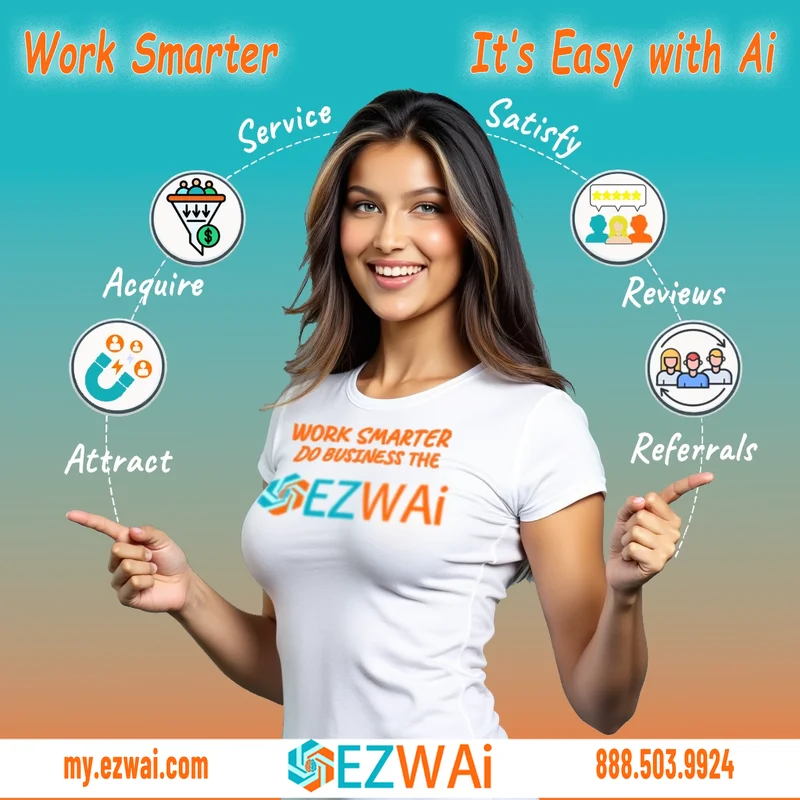Small businesses don't need another sprawling platform; they need outcomes. The 2025 Small Business AI Stack delivers exactly that: pragmatic AI automation anchored in three pillars that play well together in the real world—Zapier as the connective tissue, Retrieval-Augmented Generation (RAG) to ground outputs in your own data, and multi-agent workflows to tackle complex, multi-step work. In plain terms: stitch your tools, teach your AI what matters, then let specialized AI Agents finish the job while your team focuses on growth.
Two forces made this moment possible. First, cloud-based AI services lowered the barrier to entry, so you can rent intelligence rather than build it. Second, no-code orchestration matured. Zapier's ecosystem now connects over 5,000 apps without writing glue code, and it respects the way small teams actually work—across Slack, Gmail, HubSpot, Shopify, Notion, and beyond. The result: reliable handoffs and fewer dropped balls.
Yes, the cost curve for AI infrastructure is rising for hyperscalers. But SMBs aren't spinning up their own clusters; they're composing services. The unit economics work when you structure tasks so that lightweight automations do the repetitive bits and heavier reasoning (RAG and agent collaboration) kicks in only when needed. The winners in 2025 will be the companies that design this split with discipline.
The three pillars
Here's the lay of the land. Zapier orchestrates events across your stack, RAG injects context so your models stop hallucinating, and multi-agent workflows coordinate specialized AI employees that divide and conquer. When assembled thoughtfully, the whole is greater than the sum of parts: less swivel-chair work, faster decisions, and higher confidence in outputs.
- Zapier: trigger-based, API-level automation that binds your apps.
- RAG: on-demand retrieval from your private knowledge to keep answers accurate and current.
- Multi-agent workflows: specialized AI Agents collaborating—extract, analyze, create, verify—without human micromanagement.
Multi-agent workflows are the new org chart—specialized, coordinated, and tireless. Give them clear interfaces, sensible guardrails, and the tools they need. Then get out of the way.



